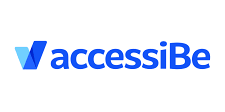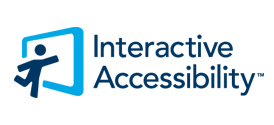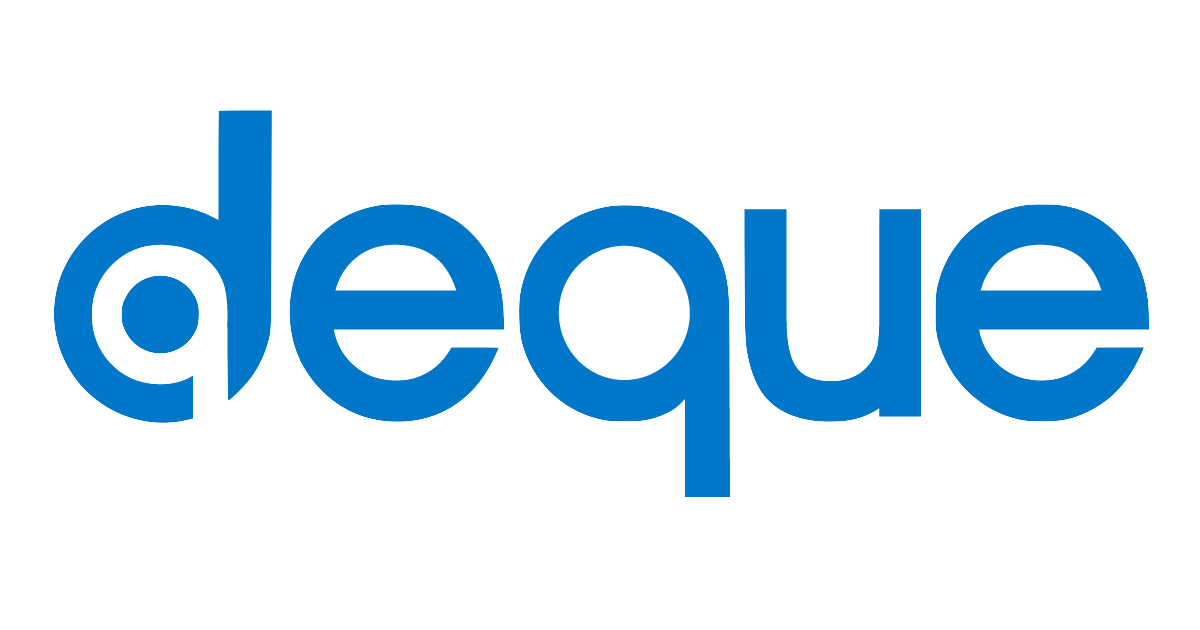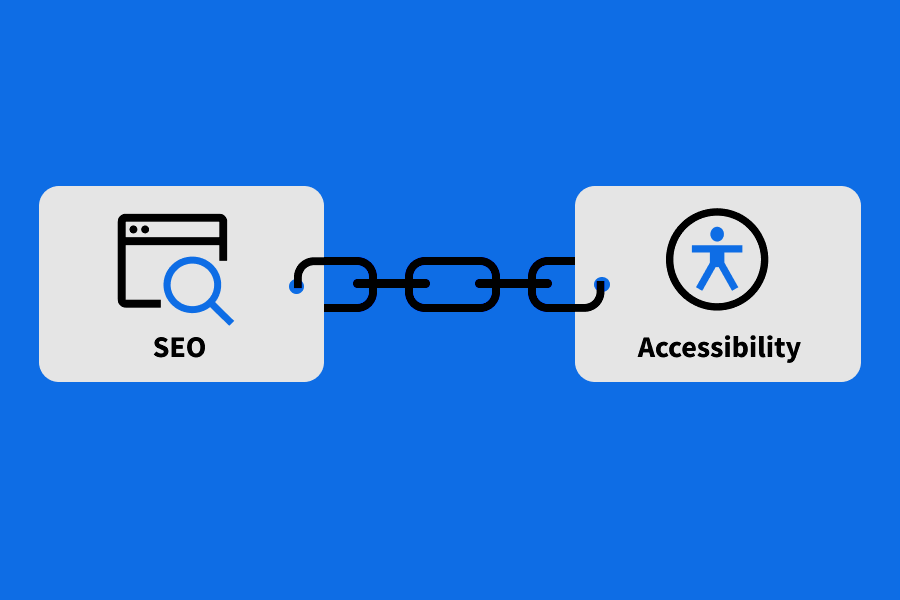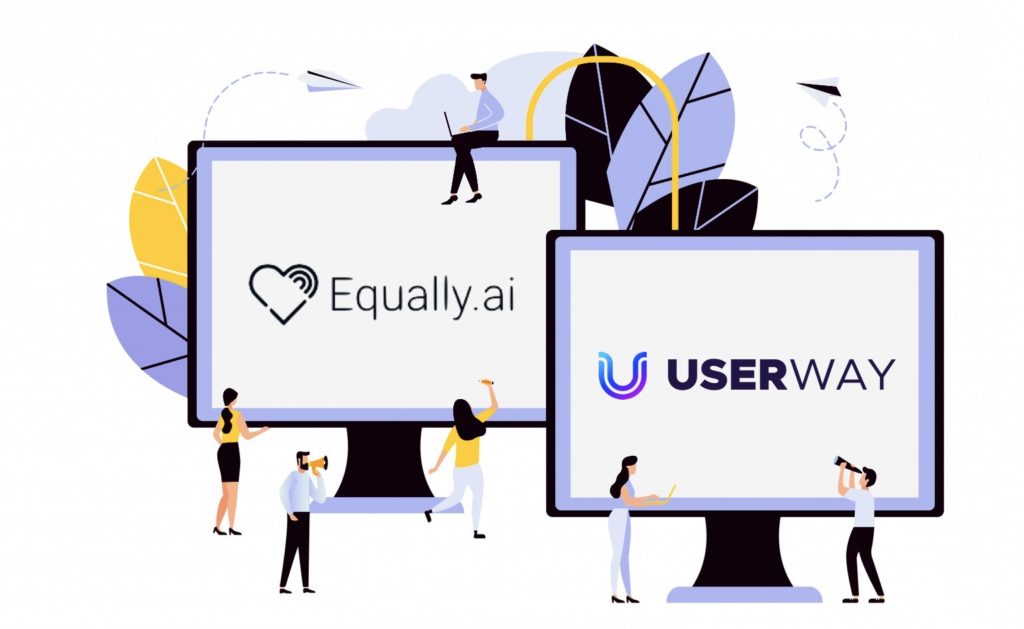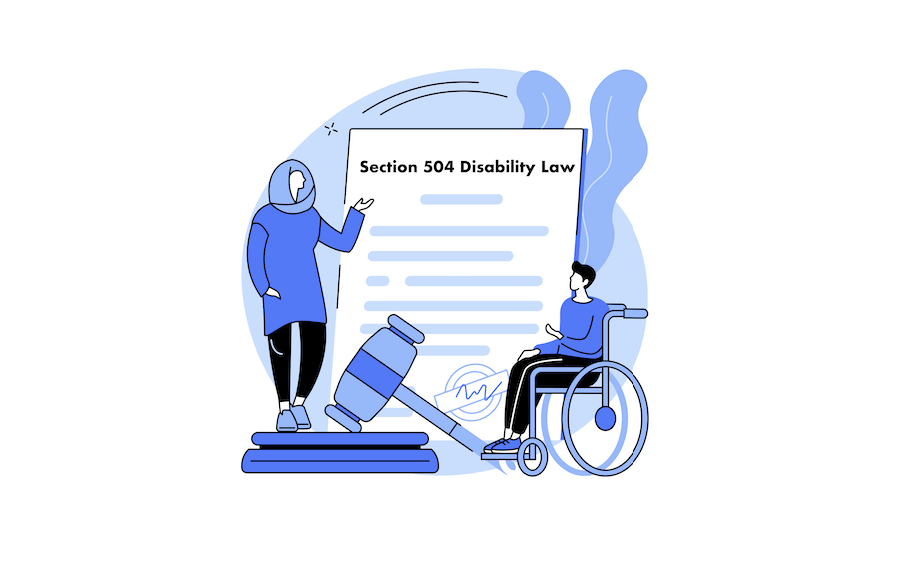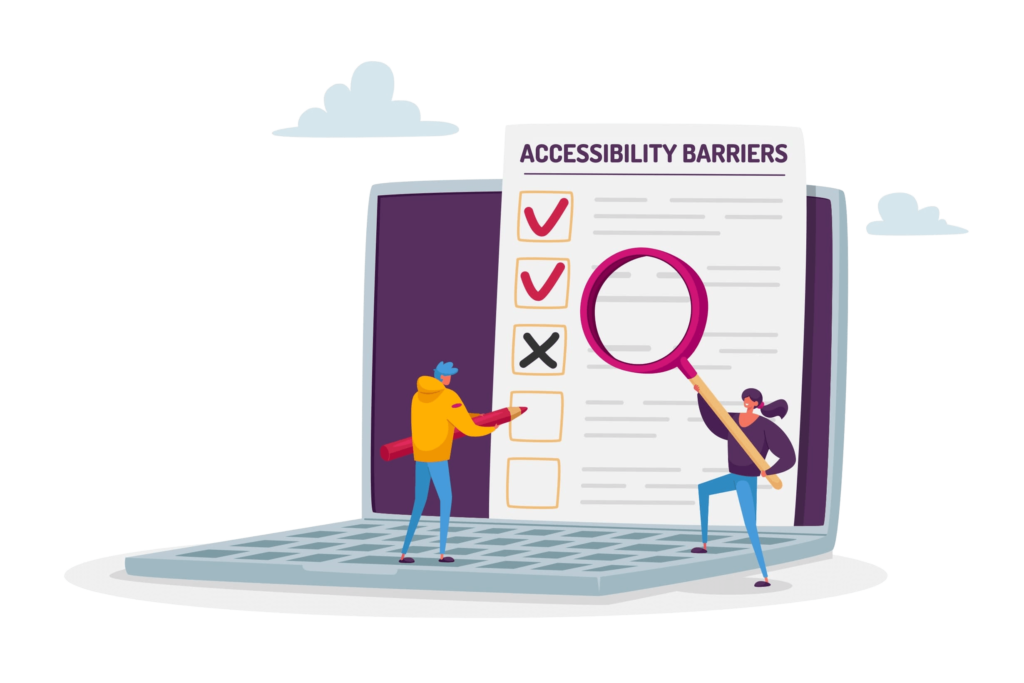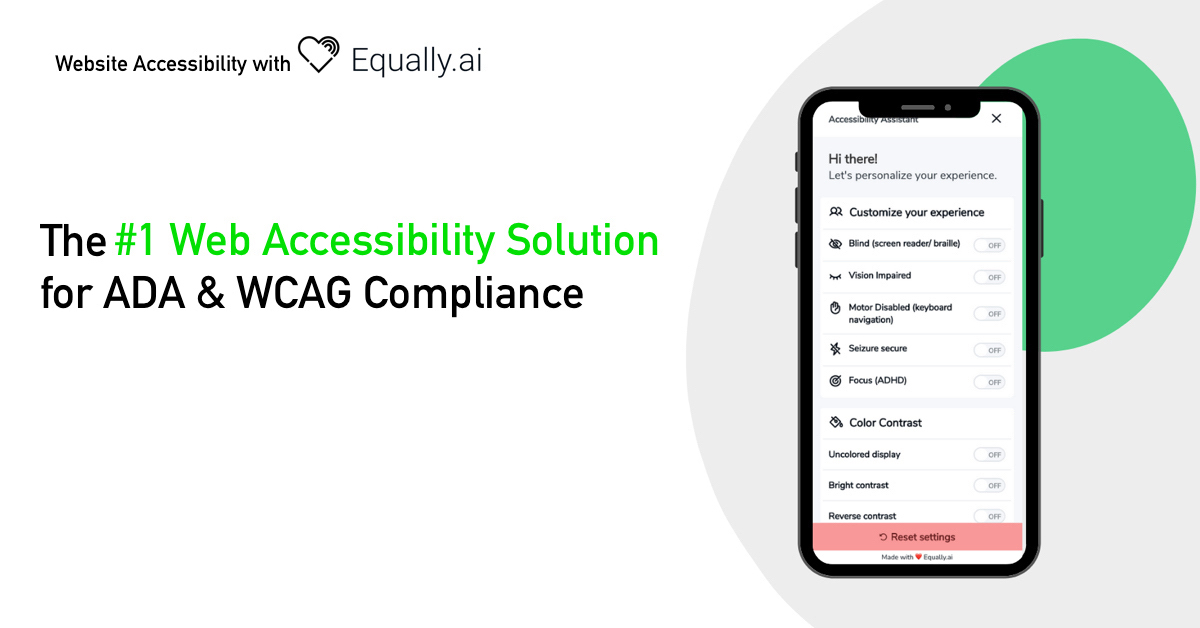
Over 1 billion people readily need medical help and attention due to some form of disability they have. Healthcare and medical providers recognize this, and they play an important role in providing them with the necessary resources and services. However, some of these services are not accessible by individuals with disabilities due to their digital form. This has denied them scheduling appointments, getting diagnoses and treatments, and paying their medical bills online. While there are different assistive technologies to help users with disabilities navigate their way online, an accessible website in the healthcare and medical industry is required to enable disabled users to benefit from the digital services and resources healthcare companies have to offer. This can only be possible if their websites are accessible.
The importance of an accessible healthcare and medical website
Accessing digital resources on healthcare and medical websites is one way for people to get the needed medical care. It is, therefore, vital to enable digital accessibility on your website for this purpose. This allows you to serve all patients, not just the ones that can access without an issue. Improving the user experience on your website should thus be of top priority.
Not only that, the process of scheduling appointments, getting treatment, and diagnosis can entirely be made over the internet with the help of a virtual caregiver. Patients go online to examine their symptoms, find physicians in their network, and obtain reviews of different doctors and practices. They also pay their medical bills and access test results without leaving the comfort of their homes.
Besides, patients can be monitored around the clock from home with tracking devices. With connected wearable devices, sensors, and implants, they can be tracked for vital signs and ensure compliance with their doctors’ orders.
Those with disabilities may, however, not benefit from these services when there are no accessible healthcare websites. It then becomes a burden for someone who is having trouble using a computer mouse or someone who may not see the screen well or at all. This burden also extends to users who may have trouble reading or dyslexia.
Overall, an inaccessible website will affect how users with disabilities will navigate their way through. Those who are blind, deaf, dyslexic, have movement-restricted, cognitively impairments, epileptic, and a host of others.
On the other hand, navigation becomes easy for users with disabilities when your healthcare and medical website adapts to the different assistive tools available for accessibility. Such as;
- Talk-to-type software
- Screen magnifying software
- Motion-tracking input devices
- Screen readers
- Head pointer input devices.
Healthcare and medical website accessibility standards
You probably don’t want to lose customers with disabilities – a community of up to 61 million in the US alone. You also don’t want to lose funding, contracts, and assistance from agencies at all levels. Thus, you will agree that non-compliance to website accessibility standards is not good for your reputation as a healthcare and medical facility.
Also, running helter-skelter to fix your non-compliance –when discovered will change how your patients and the general public perceive your healthcare business.
Hence, the way out is to stay ahead of compliance laws and regulations by enabling your healthcare and medical website accessibility. This will help you keep costly lawsuits and futurable litigations against your business in check. In effect, you will need the following basics for your website to be accessible;
- Alt-text on your site images to give a text description of the images to users with screen readers
- Headings and subheadings to give structure to your site pages for easy navigation
- Captions for audio and video on your website to carry non-hearing users along
- Clear labels on patients forms for their dropdown fields
- Hyperlinks with clear anchor texts for users to know what the available links contain.
Accessible digital resources for all users
Healthcare providers play an important role for people with disabilities. Title III of the Americans with Disabilities Act (ADA) recognizes this importance. The ADA thus prevents healthcare and medical providers from discriminating against users with disabilities. This is to enable users to access the digital resources available as well as benefit from other services provided by companies in the healthcare industry. Therefore, all medical providers are covered under Title III of the ADA as “places of public accommodation.”
The federal law in the United States also requires healthcare organizations to make ICT available to users with disabilities. This includes organizations that receive funding from the Department of Health and Human Services (HHS) and other federal agencies.
Insurance companies offering insurance plans through the Affordable Care Act (ACA) marketplace and the Centres for Medicare and Medicaid Services (CMS) are not left behind. They are all required to comply with Section 508 of the Rehabilitation Act, under ADA.
And extensively, Section 508 has necessitated government websites to meet the industry standard for accessible websites, the World Content Accessibility Guidelines (WCAG).
Barriers to healthcare facilities faced by people with disabilities
The best way to avoid lawsuits for a website in the healthcare and medical sector that is not accessible is to enable digital accessibility. To comply with Section 504, your digital resources must be WCAG compliant. Otherwise, your company will create barriers for users to access available facilities. These barriers are created when:
- A blind patient cannot access their medical help website because the said website is incompatible with screen reader software
- A deaf patient cannot access helpful videos on their hospital website because there is no transcript or captioning
- A patient cannot track their heart conditions because they cannot read the small-sized outcome displayed on the device’s screen
- A low vision patient cannot be properly checked when using a kiosk because they are low vision.
- A patient cannot read test results on a medical app because the app doesn’t have high contrast mode
- A patient only use a keyboard because of mobility or visual disabilities, and the website requires the use of a mouse
It is thus deliberate to be sure your website is accessible to all. This ensures you provide a uniform standard of care to users. And it can thus allow the 40 million Americans with Disabilities to access their medical care with ease.
Healthcare and medical website accessibility lawsuit
The ADA accessibility regulations apply to your website. And healthcare is of top importance to individuals with disabilities. Non-conformance to these acts/regulations will get you into some mess you probably won’t recover from easily as users will start filing lawsuits against your healthcare company since it doesn’t accommodate them.
If you comply, however, you will not only be free from litigation but will boost your credibility and reputation as a health facility. And with a high reputation, you get to have more people with disabilities coming for your services. Compliance with accessibility regulations will also boost your chances of getting funding, contracts, and government agencies’ assistance.
Facing ADA lawsuits is not an option. You might be lucky to enter into negotiations and sign an agreement with the plaintiffs on how to comply. On the other hand, the case might remain open for years while you keep paying law firms to regain your reputation. The following are two companies in the healthcare industry that faced ADA lawsuits for having inaccessible websites:
The American Blind Community versus Tenet Healthcare
A class-action lawsuit was served against the operator of several healthcare facilities, with all Americans with visual impairments as plaintiffs. These healthcare facilities include Tenet Healthcare, Coral Gables Hospital, Hahnemann University Hospital, and Hialeah Hospital. They were accused of violating the Rehabilitation Act (Section 504) and the ADA (Title III). This is because the healthcare company’s websites aren’t accessible employing screen readers.
Frazier versus HCA Holdings, Inc.
Frazier is a blind American who uses a screen-reader for his online browsing. HCA Holdings is an American for-profit operator of healthcare facilities with over 100 hospitals in their care. Frazier claimed the websites of a host of the hospitals owned by HCA had accessibility issues. This includes a lack of alternative text for images as well as keyboard navigation issues.
Accessible healthcare and medical website
Don’t be a victim. All medical providers, including healthcare providers, are covered under Title III of the ADA, which prohibits discrimination against individuals with disabilities. And in the past several years, digital accessibility lawsuits have increased dramatically. It doesn’t matter whether you are not receiving funds from the government.
What should matter to you is how you can avoid an ADA suit. The best way to this is to make your digital healthcare resources WCAG-compliant. Hence, join other healthcare and medical providers who are making efforts to increase their compliance.
Finally, you might be thinking these laws don’t apply to you directly because you are just providing services for an organization. Would you want to lose your partnership with healthcare corporations because you can not prove your compliance with WCAG? Large healthcare corporations will probably ask you the same question before they reach an agreement with you. Thus, you can start to benefit from the huge population of people with disabilities the sooner your company becomes digitally accessible.


